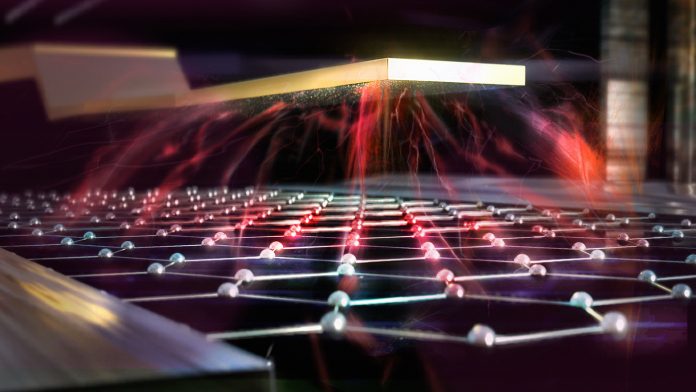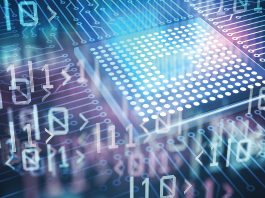A team of researchers has created a new bolometer for measuring energy quanta at an unprecedented resolution, potentially bringing quantum computing out of the laboratory and into real-world applications.
The project, led by Aalto University and VTT Technical Research Centre of Finland, aims to improve upon standard bolometers, which measure the energy quanta of incoming radiation by measuring how much it heats up the detector.
Professor Mikko Möttönen’s Quantum Computing and Devices group at Aalto University has been studying bolometers for quantum computing over the past decade and has now developed a device that can match current state-of-the-art detectors used in quantum computers.
Most quantum computers determine a qubit’s energy state by measuring the voltage induced by the qubit. However, there are three problems with voltage measurements: firstly, measuring the voltage requires extensive amplification circuitry, which may limit the scalability of the quantum computer; secondly, this circuitry consumes a lot of power; and thirdly, the voltage measurements carry quantum noise which introduces errors in the qubit readout.
Researchers hope that by using bolometers to measure qubit energy, they can overcome these complications. Möttönen said: “Bolometers are now entering the field of quantum technology and perhaps their first application could be in reading out the quantum information from qubits.”
In order to make these bolometers out of graphene, the team collaborated with Professor Pertti Hakonen’s NANO group, who have expertise in fabricating graphene-based devices. Graphene has a very low heat capacity, which means that it is possible to quickly detect very small changes in its energy. By using graphene to create bolometers, the researchers have produced a device that can make measurements in well below a microsecond, as fast as the technology currently used to measure qubits.
Hakonen said: “Changing to graphene increased the detector speed by 100 times, while the noise level remained the same. After these initial results, there is still a lot of optimisation we can do to make the device even better.”









